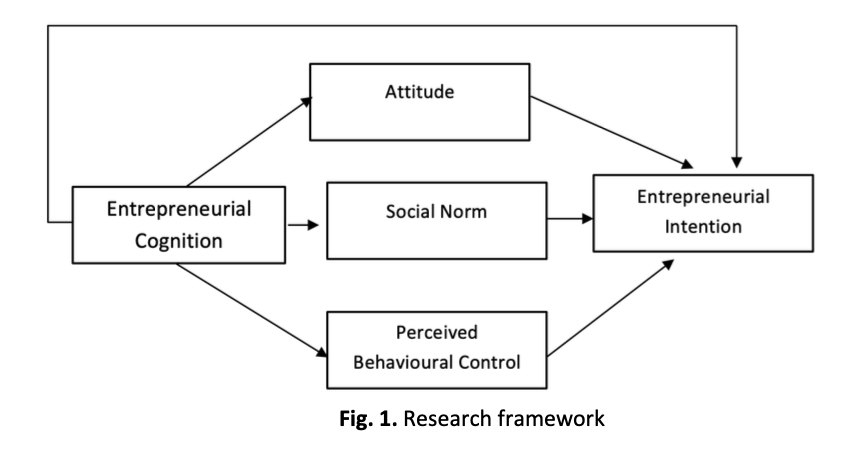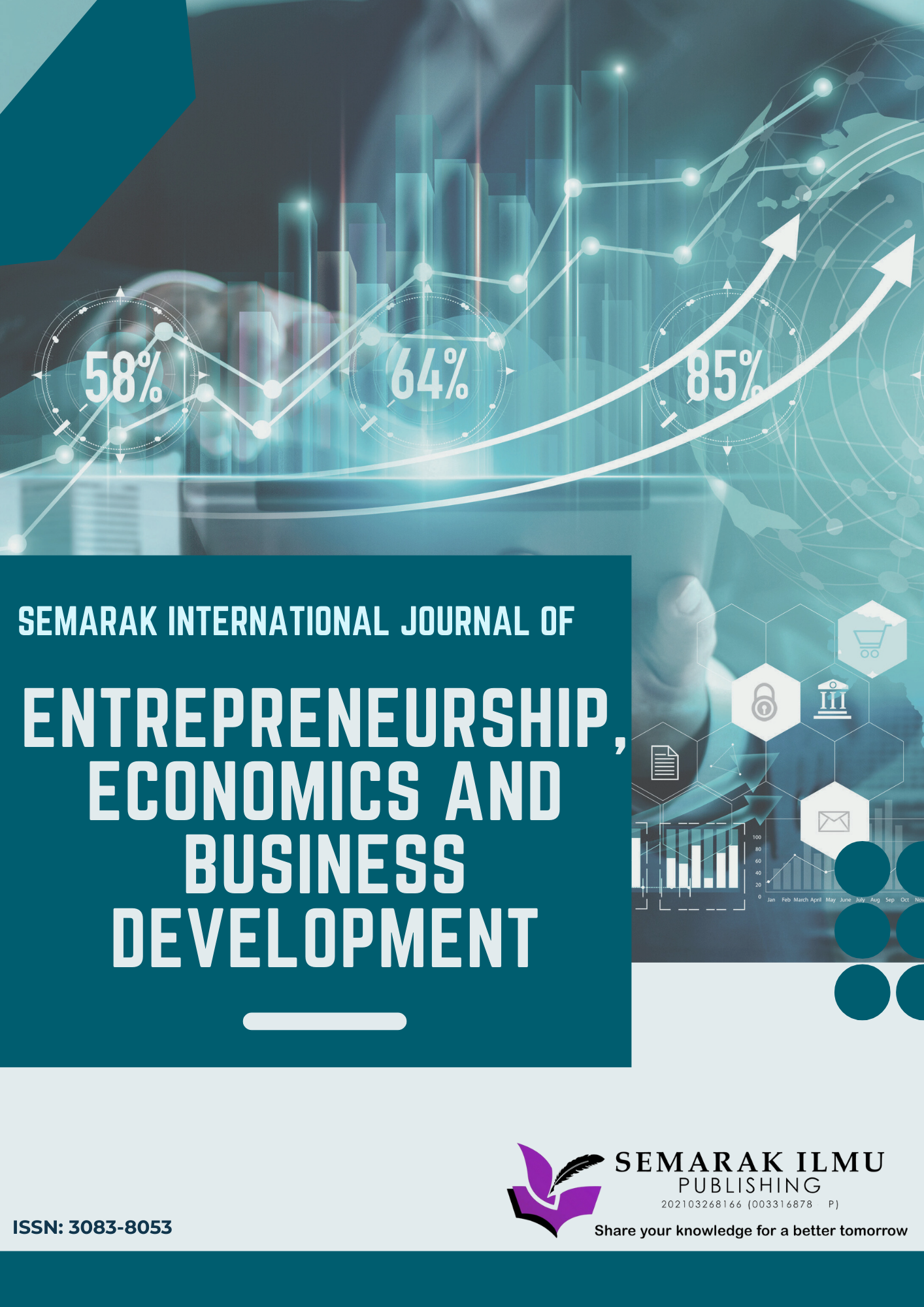How Attitude and Perceived Behavioral Control Mediate the Relationship between Entrepreneurial Cognition and Students’ Entrepreneurial Intention under the TPB Framework
Keywords:
Entrepreneurial intention, entrepreneurial cognition, Theory of Planned Behavior, attitude, perceived behavioral control, PLS-SEMAbstract
Understanding how entrepreneurial intention is formed is essential for fostering future entrepreneurs. This study extends the Theory of Planned Behavior (TPB) by incorporating Entrepreneurial Cognition as an antecedent and examining the mediating roles of personal attitude, perceived behavioral control, and social norms. Data were collected from 377 undergraduate students and analyzed using Partial Least Squares Structural Equation Modeling (PLS-SEM). The measurement model demonstrated strong reliability and validity, while structural analysis revealed that entrepreneurial cognition significantly predicts all three TPB dimensions. Among these, personal attitude and perceived behavioral control significantly mediated the relationship between cognition and entrepreneurial intention, confirming their role as psychological mechanisms that translate knowledge into motivation. In contrast, social norms did not serve as a significant mediator, suggesting that students’ entrepreneurial decisions are shaped more by internal beliefs and self-confidence than by external social pressures. This finding aligns with prior research indicating that subjective norms are often the weakest predictor within TPB models of entrepreneurial intention. The study contributes by clarifying the cognitive pathways to intention, highlighting the dominant influence of attitudes and perceived behavioral control, while questioning the strength of normative influences in student populations. Practical implications include the need for universities and policymakers to design entrepreneurship programs that prioritize mindset development, self-efficacy building, and experiential learning, rather than relying primarily on social endorsement.










